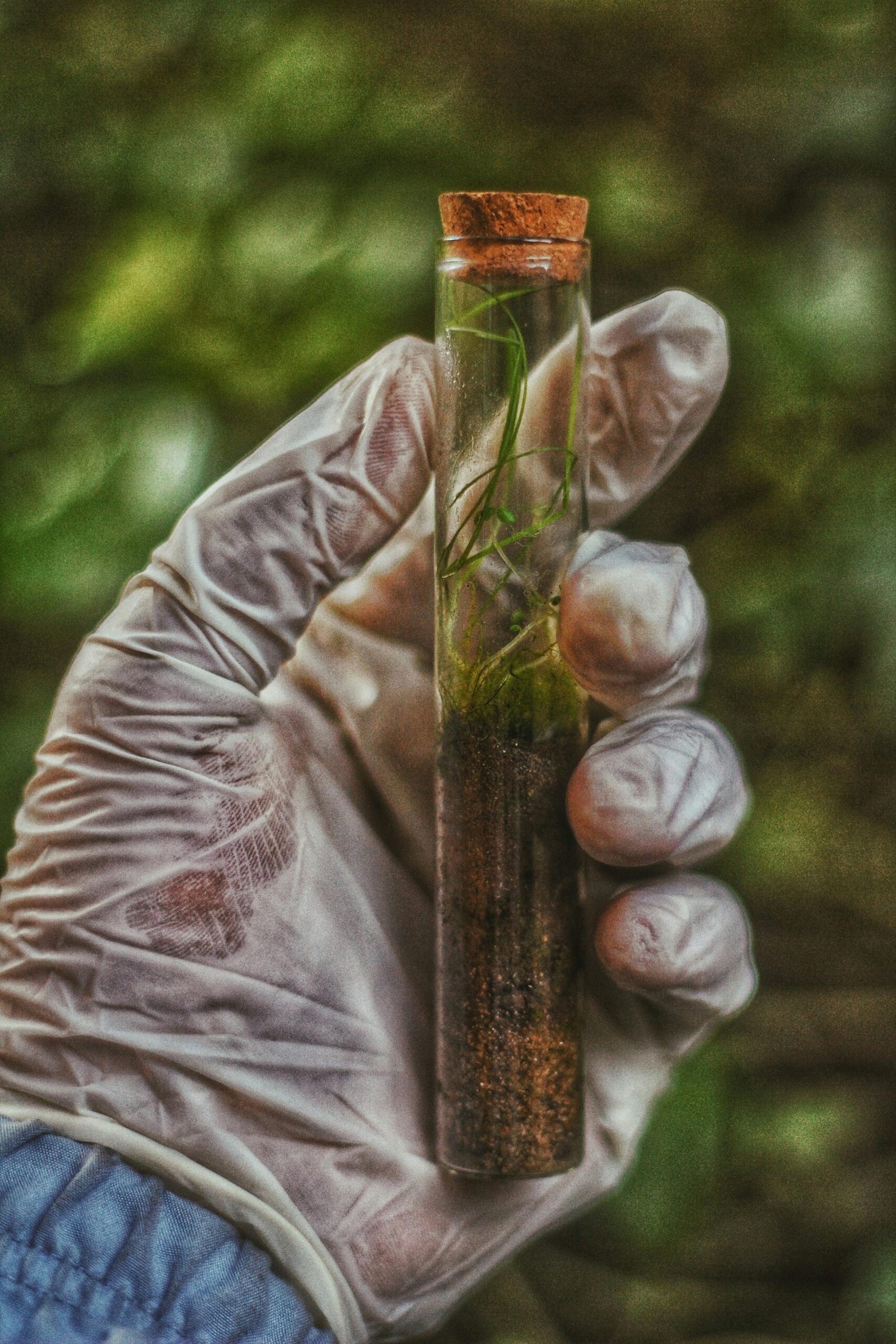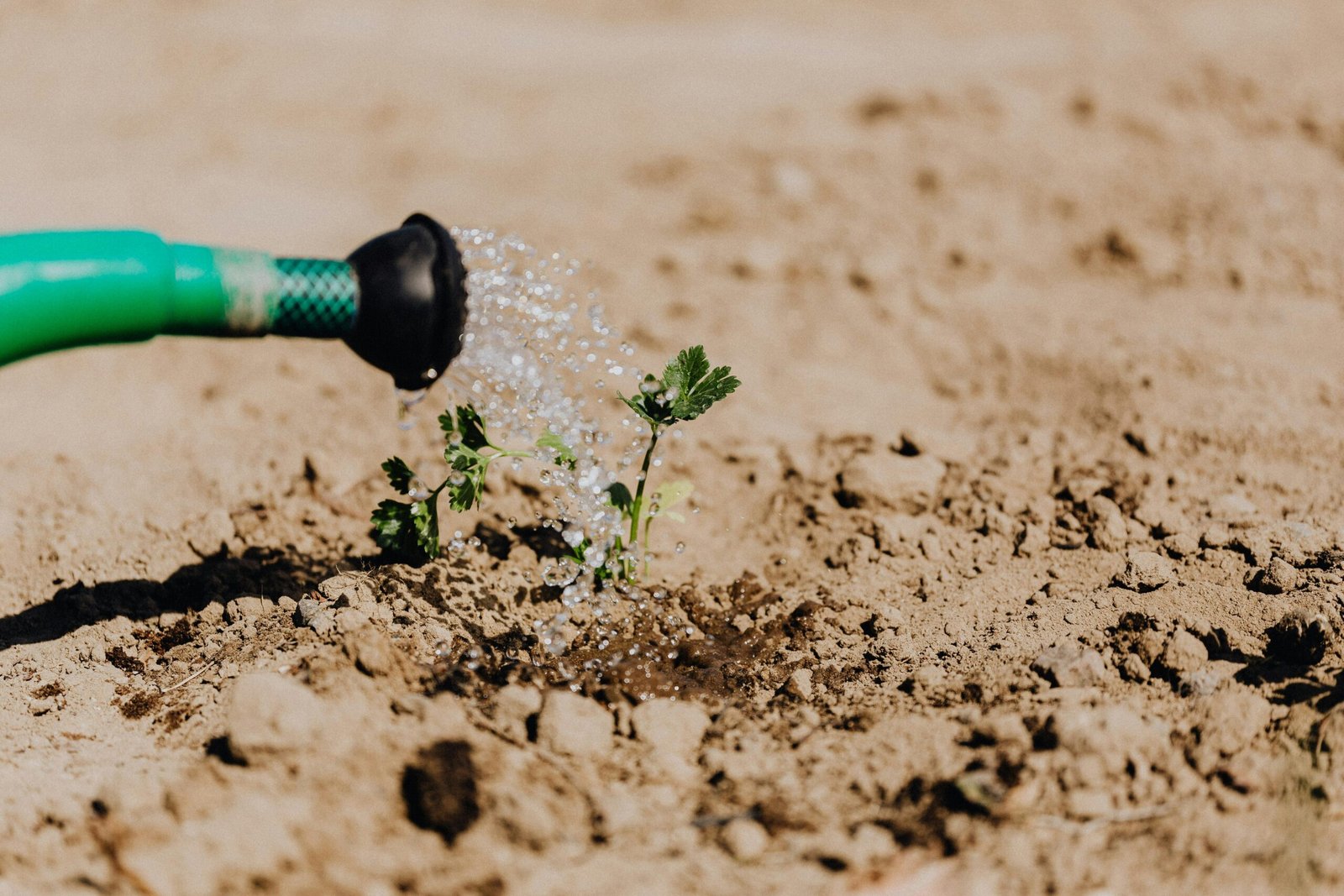How to Start a Commercial Durian Farm in Malaysia: A Step-by-Step Guide
Commercial durian farming in Malaysia is a promising but long-term investment. With rising global demand for Malaysian durians—especially Musang King—many entrepreneurs are exploring this lucrative crop. However, successful durian cultivation requires proper planning, land suitability, technical know-how, and several years of patient care before yielding profit.
This step-by-step guide outlines everything you need to know to launch a profitable durian farm in Malaysia.
Table of Contents
Step 1: Conduct Market Research and Business Planning
Start by understanding your market. Demand for premium varieties like Musang King and Black Thorn is growing rapidly, particularly in China and Singapore. Analyze the following:
Target market: Exporters, local wholesalers, retailers, or agrotourism.
Product focus: Fresh durian, frozen pulp, paste, or value-added products.
Business model: Sole ownership, joint venture, or contract farming.
Prepare a detailed business plan covering:
Start-up and operating costs
Land and infrastructure investment
Expected yields and revenue
Breakeven point and ROI timeline
Tip: Expect 5–6 years before your first commercial harvest.
Step 2: Select Suitable Land for Durian Cultivation
Durian requires specific conditions:
Climate: Tropical environment, 23–30°C, and 1,500–2,500mm annual rainfall.
Soil: Well-drained, fertile loam with pH between 5.5–6.5.
Topography: Gently sloping land prevents waterlogging.
Water source: Reliable year-round supply for irrigation.
Access: Proximity to roads, markets, and labor.

Step 3: Handle Legal and Regulatory Requirements
Ensure your land complies with Malaysian land laws:
Land title must be zoned for agriculture (dusun/orchard use).
Change of land use is required for ex-rubber or oil palm estates.
Register your business with SSM for legitimacy and ease of transactions.
Check eligibility for replanting grants or subsidies through RISDA or DOA.
Consider applying for MyGAP certification if you aim to export.
Step 4: Prepare the Land

Land preparation involves:
Clearing vegetation or old crop remnants.
Soil enhancement: Add organic matter, lime (if pH <5.5), and basal fertilizers.
Terracing or raised beds on slopes or flood-prone areas.
Drainage system: Essential to prevent root diseases.
Cover crops: Plant legumes like Mucuna or Calopogonium to enrich the soil and reduce erosion.
Step 5: Choose the Right Durian Varieties
Avoid planting a single variety. Instead, opt for a mixed-variety orchard to ensure pollination and reduce disease risk.
Recommended Combinations:
Musang King (D197): High demand, premium price.
D24: Reliable pollinator, good yield.
Black Thorn (D200) or Red Prawn (D175): Premium secondary varieties.
Use grafted saplings from certified nurseries. These trees bear fruit faster and ensure varietal consistency.
Verify clone type and check for strong rootstock, healthy leaves, and firm graft unions.
Step 6: Tree Planting and Spacing
Planting tips:
Spacing: 10m × 10m (standard), up to 12m for high-rainfall areas.
Planting pits: 1m deep, filled with compost and loosened topsoil.
Mulching: Apply organic mulch around the tree base to retain moisture.
Shade protection: Young trees benefit from partial shade for the first 3–6 months.
Best planting time: Start of the rainy season.
Step 7: Irrigation and Fertilization

Durian trees are heavy feeders and require consistent moisture.
Irrigation:
Use drip or micro-sprinkler systems.
Water young trees daily during dry spells.
Reduce watering before flowering to stimulate blooms.
Fertilization:
Apply balanced NPK (e.g., 15-15-15) every 6–8 weeks.
Add organic compost biannually.
Increase potassium and calcium during fruiting stages.
Monitor for deficiencies and apply micronutrients as needed.
Over-fertilization can reduce flowering—track applications carefully.
Step 8: Pruning and Tree Management
Shape trees from year 1 to ensure optimal structure:
Formative pruning: Select 3–4 main lateral branches.
Height control: Limit height to 6–8 meters for safe harvesting.
Canopy management: Thin crowded branches to improve light penetration.
Remove diseased wood regularly.
A well-pruned tree bears more fruit and reduces pest pressure.
Step 9: Pest and Disease Management
Key Threats:
Phytophthora (stem/root rot): Caused by poor drainage. Prevent via dry soil and phosphonate treatments.
Leaf spot fungus: Particularly affects Musang King.
Fruit borers and beetles: Control with pheromone traps or biopesticides.
Wildlife & theft: Use fencing and surveillance during fruiting.
Implement Integrated Pest Management (IPM):
Monitor regularly
Use natural enemies
Apply chemicals only when necessary
Prevention is more cost-effective than treatment.
Step 10: Flowering, Fruiting & Harvest
Durian trees begin flowering after 4–6 years. Fruiting takes 3–4 months post-pollination.
Harvesting Methods:
Natural drop: Traditional method. Requires close monitoring.
Manual clipping: Extends shelf life, ideal for export.
Post-Harvest Handling:
Grade and sort fruits.
Transport quickly to avoid over-ripening.
Store at 2–4°C for short-term preservation.
Durians sell best fresh, so logistics planning is key during peak season.
Step 11: Marketing and Revenue
You can sell via:
Wholesalers/exporters
Retail outlets or fruit stalls
Farm-direct or online delivery
Agrotourism (farm visits, durian buffets)
To add value:
Offer frozen pulp, puree, or durian-based desserts.
Consider myGAP or organic certification to command premium pricing.
Branding, consistent quality, and customer service set successful farms apart.
Frequency Asked Questions
General
A: RM100,000–RM200,000 per acre over 5 years, including land, trees, infrastructure, and labor.
A: Around year 5–6 for grafted trees under good care.
A: Musang King has the highest market value, but requires skilled management and balanced variety planting.